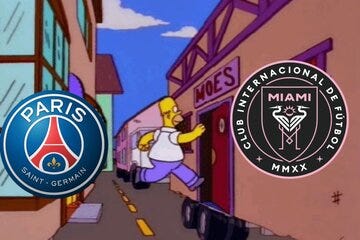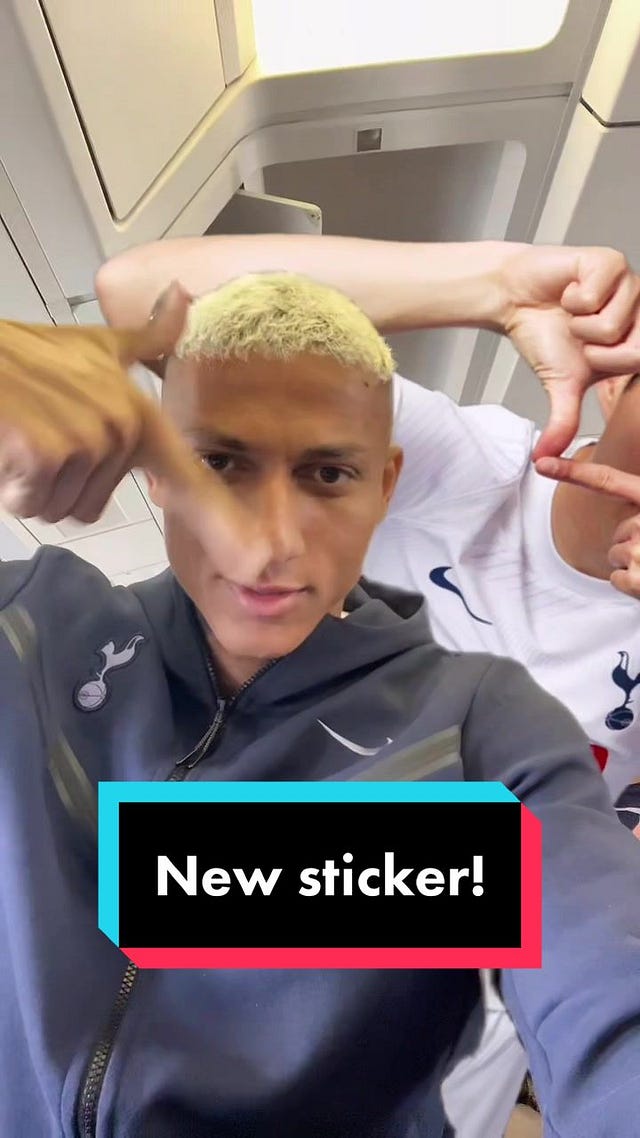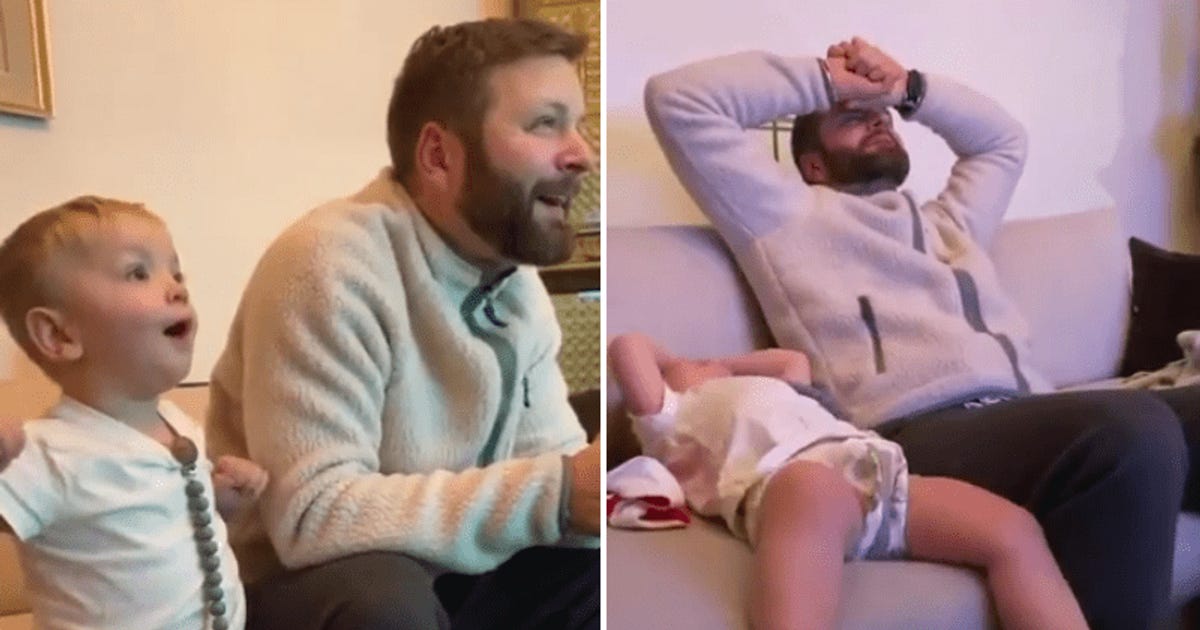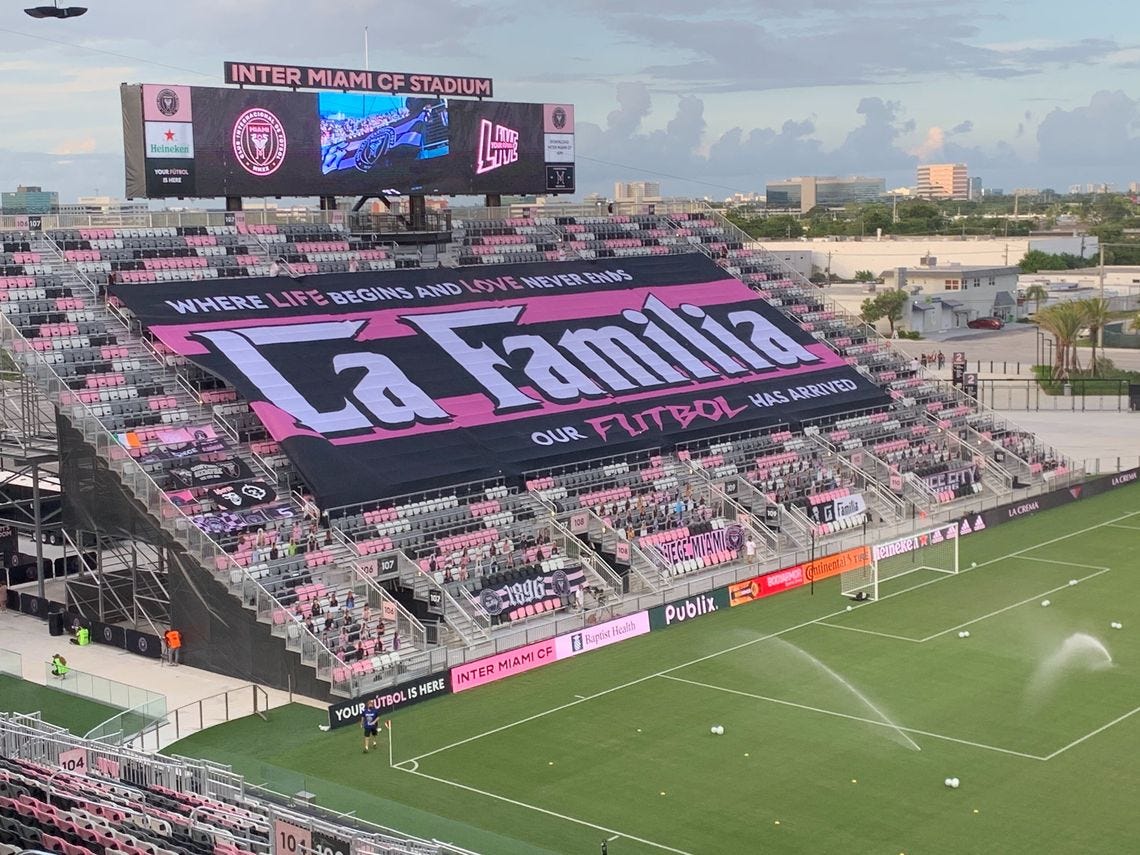📢 nutmeg fc #6
Today: Inter Miami, the Australian national team and the unknown players.
It is no longer news that new generations of fans are more loyal to players than to clubs.
The latest big test came a couple of weeks ago when Lionel Messi officially announced that he was leaving PSG for Inter Miami and, immediately, the social media followers of one dropped by more than three million while those of the other rose to numbers never seen before in MLS (from one million to more than thirteen million).
The numbers are big, but they can't have surprised anyone in Paris or Miami. Neither Al-Khelaifi choked on his croissant, nor Jorge Más felt dizzy climbing the steps of the DRV PNK Stadium.
Understanding this new logic is what allowed Tottenham to be the most popular Premier League team on TikTok, the Z social network par excellence. It is not the most popular club, nor the most successful, nor the one with the most famous players, but with a good content strategy it was able to position itself ahead of Manchester United, Manchester City, Chelsea or Arsenal.
 Tiktok failed to load.
Tiktok failed to load.Enable 3rd party cookies or use another browser
But what happens when a club's players are not so recognisable?
One alternative is not to care. Bet on the loyal fans, who already know even the players who don't get minutes, and let them be the ones to evangelise and attract new generations of fans. It is a respectable strategy. At the end of the day, it allows the club to focus on the core audience, generate content that is truly relevant to them and make their communication more efficient.
However, I would do something different: I would copy what Australia does.
The strategy that the Australian federation designed for its men's (Socceroos) and women's (Matildas) football teams takes Tottenham's idea one step further.
Not only does it seek to generate entertaining content with the players as protagonists, but it also tries to make it always have a very close tone, as if they were part of your group of friends.
They also produce content to introduce and tell the stories of new or less popular players and start to build an emotional bond between fans and players.
And they even take the time to update the professional status of their players. As many of them are far away from the elite (and EA Sports FC), it is normal that fans lose track of them and forget about them.
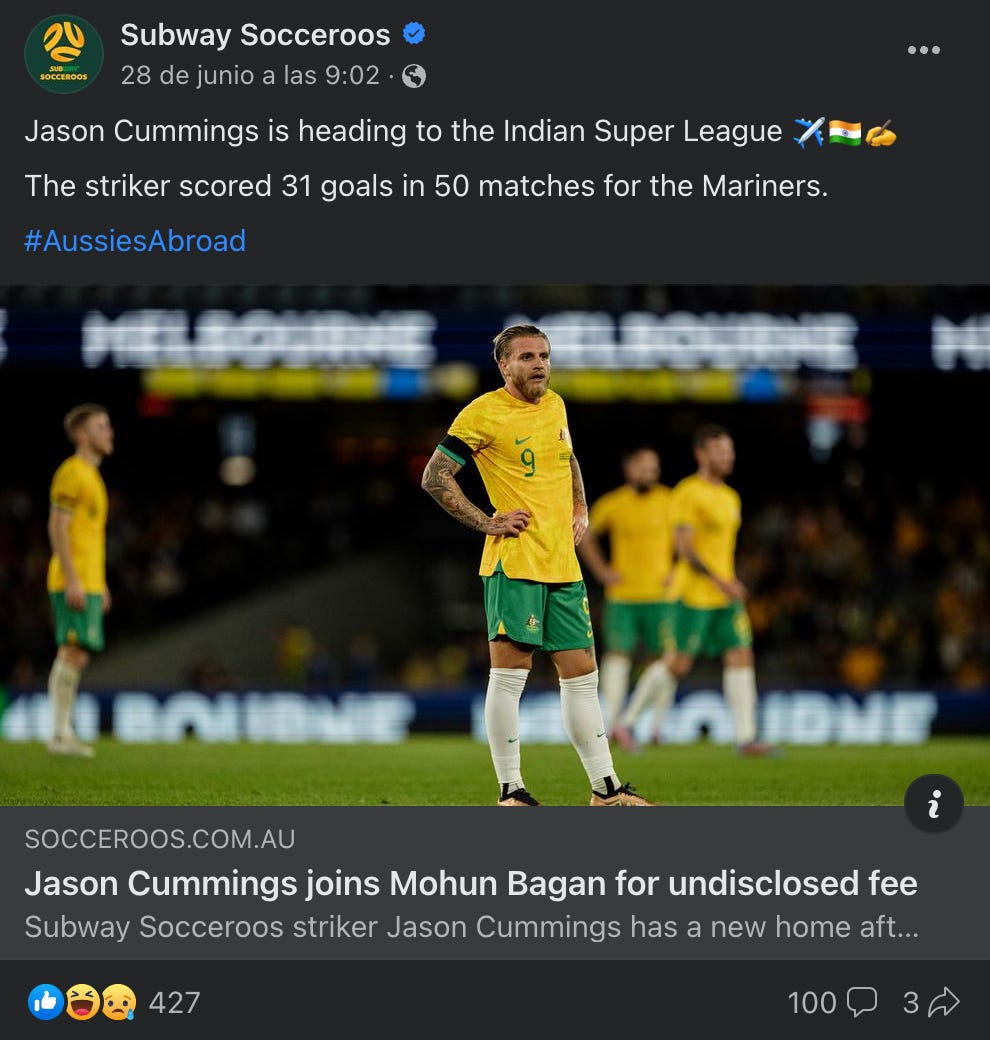
Although it may not seem like it, Inter Miami faces a similar challenge. Beyond the mesmerising figure of Lionel Messi, the squad is made up of an absolute majority of players unknown outside of MLS.
Last week, a lottery ticket sold a few blocks from my house won a million euros. If, for some strange reason, this person decided to offer me his prize in exchange for guessing what Inter Miami will do brand-wise from now on, the first thing I would tell him is that they are going to use Messi to bolster the other players. That way, when the Argentinian leaves, the club's drop in popularity won't be so dramatic.
And I would add two more things.
They are not going to make the mistake of building their brand on the frivolity of success (which is too unstable) or on something too centred on the figure of Messi (who will not be around forever). I would say that they are going to develop the brand from the concept of family. On the one hand, it is the official name of the club's supporters (La Familia). On the other hand, the welfare of his family was the main point that led Messi to land in Miami.
And finally, I would bet that they are going to devote the necessary efforts to get Messi to start referring to the club as Inter and stop calling it Miami, as he did in the interview in which he announced the transfer.
Following the announcement, Miami FC, the city's other football team, saw a spike in social media follower growth, according to Social Blade. In no previous month in its history had it had more new followers. I have no proof that it was due to Messi's error, but I have no doubts either.


